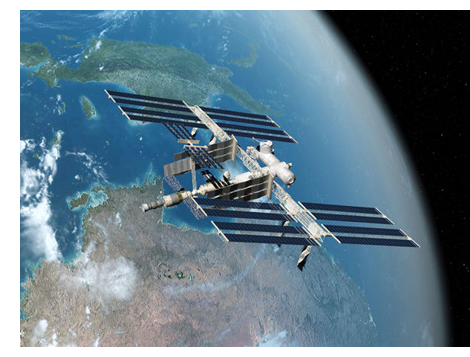Printers in Space
 Printers have become such an ingrained and necessary piece of technology that they are now in space, too. The International Space Station (ISS) has its own printers.
Printers have become such an ingrained and necessary piece of technology that they are now in space, too. The International Space Station (ISS) has its own printers.
And sometimes those printers – just like our own earthbound printers – have their share of issues.
The ISS has paper printers and a 3D printer.
Paper Printers
Surprisingly, the paper printer aboard the ISS was old. Ancient, even, by today’s standards. The same model had been in use for 17 years! How many of the gadgets you use today – your phone, coffee maker, computer, microwave, dishwasher, car – have you been using for 17 years? Not many. When one printer needed replacing, NASA would simply replace it with the exact same version.
You might think that on an engineering marvel like the ISS, the printing technology employed would be built and designed from the ground up. But it wasn’t. The new printer chosen for the ISS, was a basic, off-the-shelf model that you can find at your local electronics store – an HP Envy 5600. It was, of course, then highly customized to meet the demands of the zero-gravity environment that it will serve. Customizations included removing the device’s ability to copy, scan or fax, 3D printing specialized parts, managing its power usage and ensuring that it was flame retardant.
Developers at HP also had to deal with one very important, and messy, issue. They had to make sure that every drop of ink discharged through the print heads stuck to the paper and did not float away and end up somewhere else within the space station. Working with researchers at RIT, they succeeded.
 If you’re curious about what astronauts might need to print, they print highly specialized items such as procedural directions and inventory trajectories. But they are also allowed to print personal items, including letters and photos. On average, the astronauts on the ISS use around two reams of paper (roughly 1,000 pages) per month.
If you’re curious about what astronauts might need to print, they print highly specialized items such as procedural directions and inventory trajectories. But they are also allowed to print personal items, including letters and photos. On average, the astronauts on the ISS use around two reams of paper (roughly 1,000 pages) per month.
Two of the new printers are scheduled to be delivered to the ISS in February of 2018, and a number of identical replacements have been built and are ready for deployment as necessary.
3D Printer
In 2014, the first 3D printer was delivered to the ISS. That same year, the first test of the specially-designed 3D printer was conducted.
A specialized wrench, which had not existed up to that point, was developed. In less than a week’s time, the new wrench was designed by NASA technicians here on Earth. Once approved, the design file was transmitted to the ISS 3D printer and the plastic wrench was completed in just 4 hours. While the wrench was not intended for use, it was returned to Earth for examination and comparison to a duplicate wrench printed by NASA technicians.
Numerous other printing experiments have been carried out in a similar fashion in order to improve 3D printing capabilities in zero-gravity. The goal, of course, is to create an on-demand machine shop aboard the ISS. It will also save hundreds of thousands of dollars because raw materials are usually smaller and easier to transport than pre-built objects and fewer resupply missions will be required.
Return to the Tech Trends Newsletter

